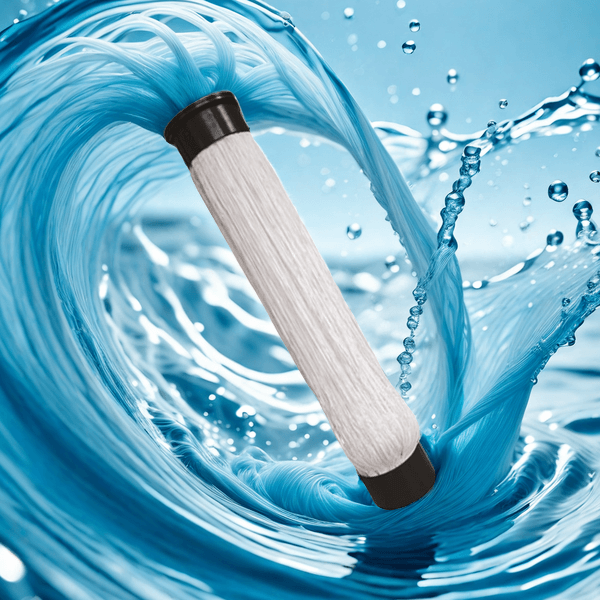Technical Methods for Cyanide Containing Wastewater Treatment Engineering
Cyanide containing wastewater is a highly toxic industrial wastewater, mainly sourced from industries such as electroplating, metallurgy, and chemical engineering. Cyanides pose great harm to human health and the environment, therefore, effective treatment of cyanide containing wastewater is an important task in environmental engineering. This article will introduce several commonly used engineering technology methods for treating cyanide containing wastewater.
1、 The urgency of treating cyanide containing wastewater
If cyanide containing wastewater is discharged directly without treatment, it will pose a serious threat to the environment and human health. Cyanides entering water can damage the living environment of aquatic organisms and accumulate through the food chain, ultimately endangering human health. Therefore, it is urgent to develop and apply efficient cyanide containing wastewater treatment technologies.
2、 Technical methods for treating cyanide containing wastewater
Alkaline chlorination method: Under alkaline conditions, cyanide is oxidized into non-toxic or low toxic compounds by adding oxidants such as chlorine gas or sodium hypochlorite. This method has a stable processing effect, but it requires strict control of reaction conditions to avoid the generation of toxic by-products.

Ozone oxidation method: Utilizing the strong oxidizing properties of ozone, cyanide is oxidized into non-toxic substances. The ozone oxidation method has the advantages of high treatment efficiency and no secondary pollution, but the equipment investment and operating costs are relatively high.
Biological treatment method: By the degradation of microorganisms, cyanide is converted into non-toxic or low toxic substances. Biological treatment has the advantages of environmental protection and sustainability, but it requires suitable environmental conditions and a longer treatment time. Common biological treatment methods include activated sludge method, biofilm method, etc.
Electrochemical method: Using the principle of electrolysis, a strong oxidant is generated on the electrode to oxidize and remove cyanide from wastewater. Electrochemical methods have advantages such as good treatment efficiency and no secondary pollution, but equipment investment and energy consumption are relatively high.
3、 Process selection and optimization
When selecting a cyanide containing wastewater treatment process, it is necessary to comprehensively consider factors such as the water quality, quantity, treatment effect, operating cost, and environmental protection requirements of the wastewater. For specific wastewater, combination processes such as alkaline chlorination and biological treatment can be used to improve treatment efficiency and reduce costs. In addition, regular maintenance and optimization of the processing system to ensure the normal operation of the equipment is also key to improving processing efficiency.
